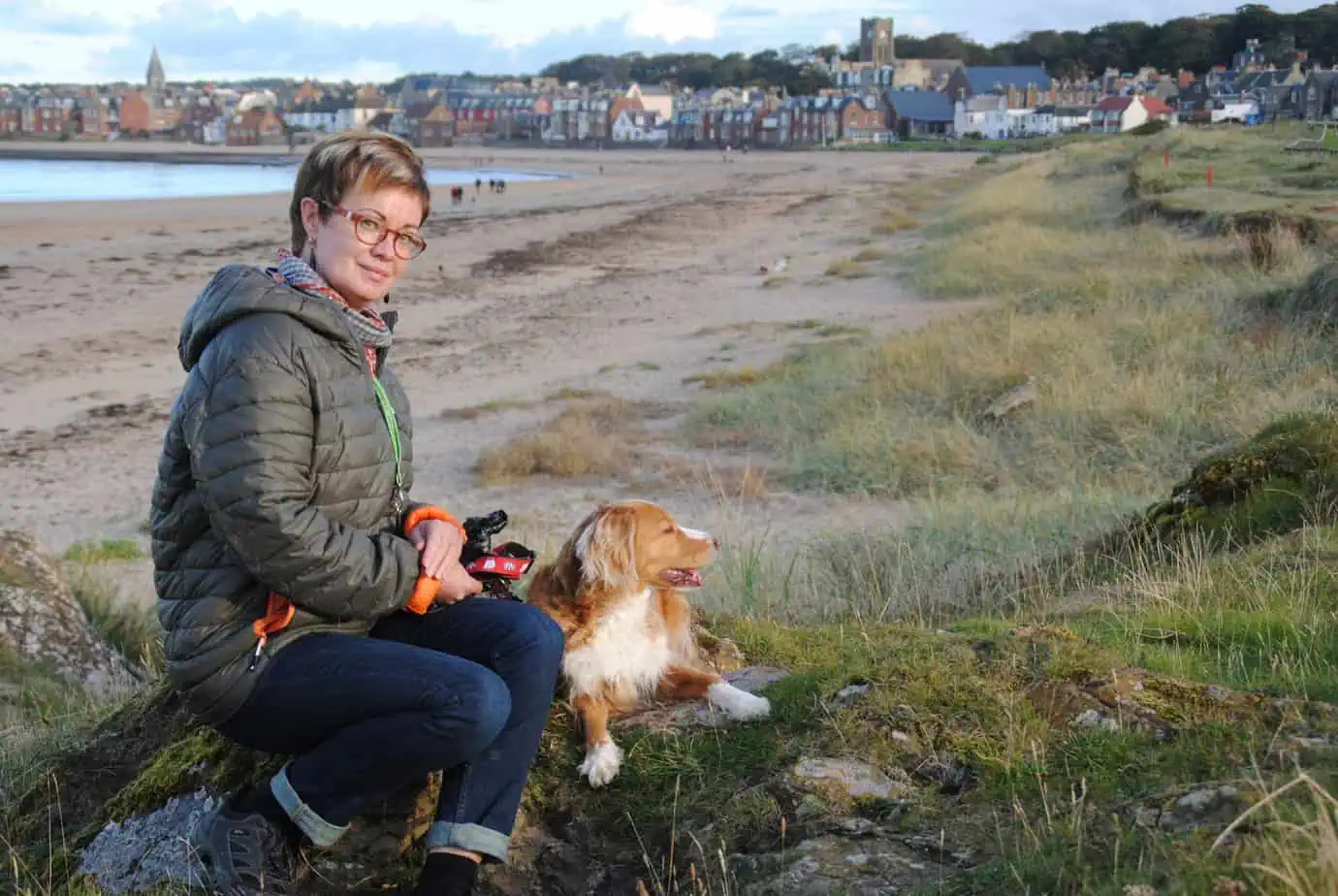“The key issue is sustainable management strategies”
Maria Strandberg, Director of Research and Development at STERF (Scandinavian Turfgrass and Environment Research Foundation), is familiar with the consequences of climate change in golf, from flooding to extreme heat. She is one of the people responsible for setting up the joint STERF, USGA and R&A research initiative, which will now release more funds for turfgrass research. In an interview with Petra Himmel, the turf expert explains the extent to which golf can manage the consequences of climate change.
Why did the three organizations, STERF, The R&A and USGA, decide now, to invest together in the research initiative?
Strandberg: The start of this was the international turf grass research conference arranged in Copenhagen in 2022. There were a lot of discussions among researchers, practitioners and the industry, and I think somehow, we realized that we have so many important, difficult challenges. We need to start international collaboration. That is the key issue to meet these challenges. Therefore, the International Turfgrass Research Initiative is an important legacy for the conference.
The golf industry expects quick answers to its problems, especially in view of climate change: How much patience does it need if it expects scientific foundations?
Strandberg: All research takes time to get credible results and it’s also expensive. And then of course, it differs between different kind of research projects. Some projects you could get credible and good results in a three-year period and some might take three plus three years, six years and even longer time. Research is expensive, and my experiences of Nordic collaboration within STERF is that joint research funding gives us much more research for every invested EURO, Dollar or Pound.
We see the results of climate change now and the changes are coming fast. Can we still manage to keep up with climate change?
Strandberg: I think we can manage in many areas. We can help the golf and turf grass industry to find new maintenance strategies that will fit the climate changes. We have, for example, in the Nordic countries, this new type of winter damages caused by melting water and ice instead of low temperature. Based on research and science, I think we are pretty good to prepare the golf sector for this new type of winter damages. But for sure there will be areas that are not suitable for golf and turf, due to environmental impact, high input of natural resources, and costs.
Is it possible to keep grass in 50 degrees Celsius or is it just too hot?
Strandberg: It might be possible to keep grass in 50 or 45 degrees, but it will not at all be sustainable. And that, I think is the key to manage or maintain turf grass areas. You need to have a sustainable perspective, otherwise we shouldn’t have grass in these areas. The key issue is sustainable maintenance strategies, if this cannot be guaranteed the turfgrass sport arenas shall no longer be built in these regions.
With the USGA, the R&A and STERF, organizations are coming together here that sometimes have extremely different regulations within their borders, if we think of strict pesticide regulations in Scandinavia and France, for example, and significantly softer laws in Canada, the USA and England. To what extent does this affect research requirements?
Strandberg: We have agreed that, regardless regulation, integrated pest and turf management is critical in turfgrass management around the globe as it ensures sustainable practices by minimizing pesticide use, preserving ecosystem balance, and reducing environmental impact. Research in this category may evaluate or integrate various control methods, including cultural, biological, and chemical approaches with a goal to enhance resilience against pests while optimizing cost-effective management strategies. Research topics should be adaptable to diverse climates and regulatory environments for fostering environmentally responsible turfgrass maintenance worldwide.
At the same time, the markets are developing very differently and Asia, with many regions for warm season grasses, is growing massively. Will the research initiative take the size of the respective markets into account?
Strandberg: All project must have an international approach. Research projects should be designed to advance the research priorities with international collaboration, and proposals will be evaluated on their multinational reach. Asia is a growing and partly new market, and we think this is the right time for integrating sustainability aspects in the development of golf courses and turfgrass areas.
The initiative concerns the four areas integrated pest management, water conservation, biodiversity and landscape perspective and climate. In which area are the most research results already available?
Strandberg: For many years, we have invested a lot in research within integrated turf management and integrated pest management, but new circumstances constantly require new knowledge. There is some knowledge in water conservation that we can use, for example, from agriculture and other sectors, but within turf, we for sure need much more research. We have a lot of biodiversity studies, biodiversity on the golf courses, but regarding the connection with the surrounding landscape, we don’t know very much. And to get full effect of biodiversity on the golf course, the landscape perspective is very important, and we must study how golf course design and management should be fully integrated in the surrounding landscapes. And then climate and carbon balance, it’s so big and difficult and there is so much we don’t know yet.








